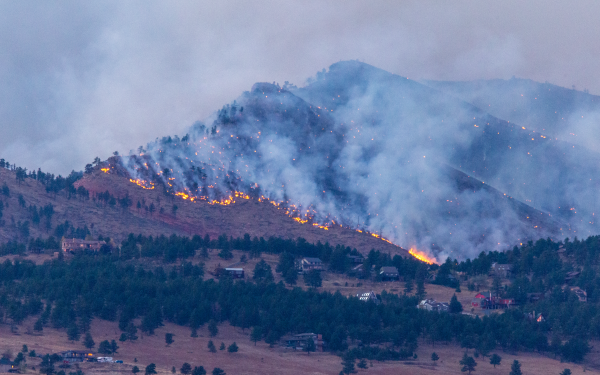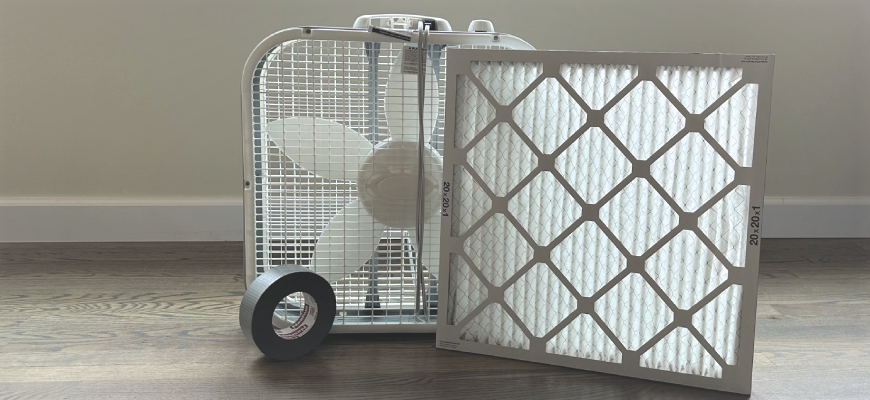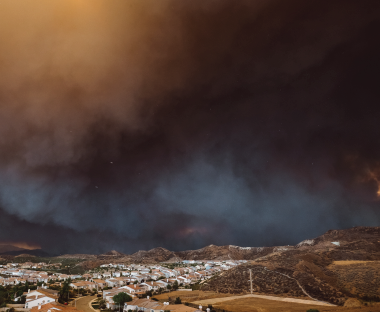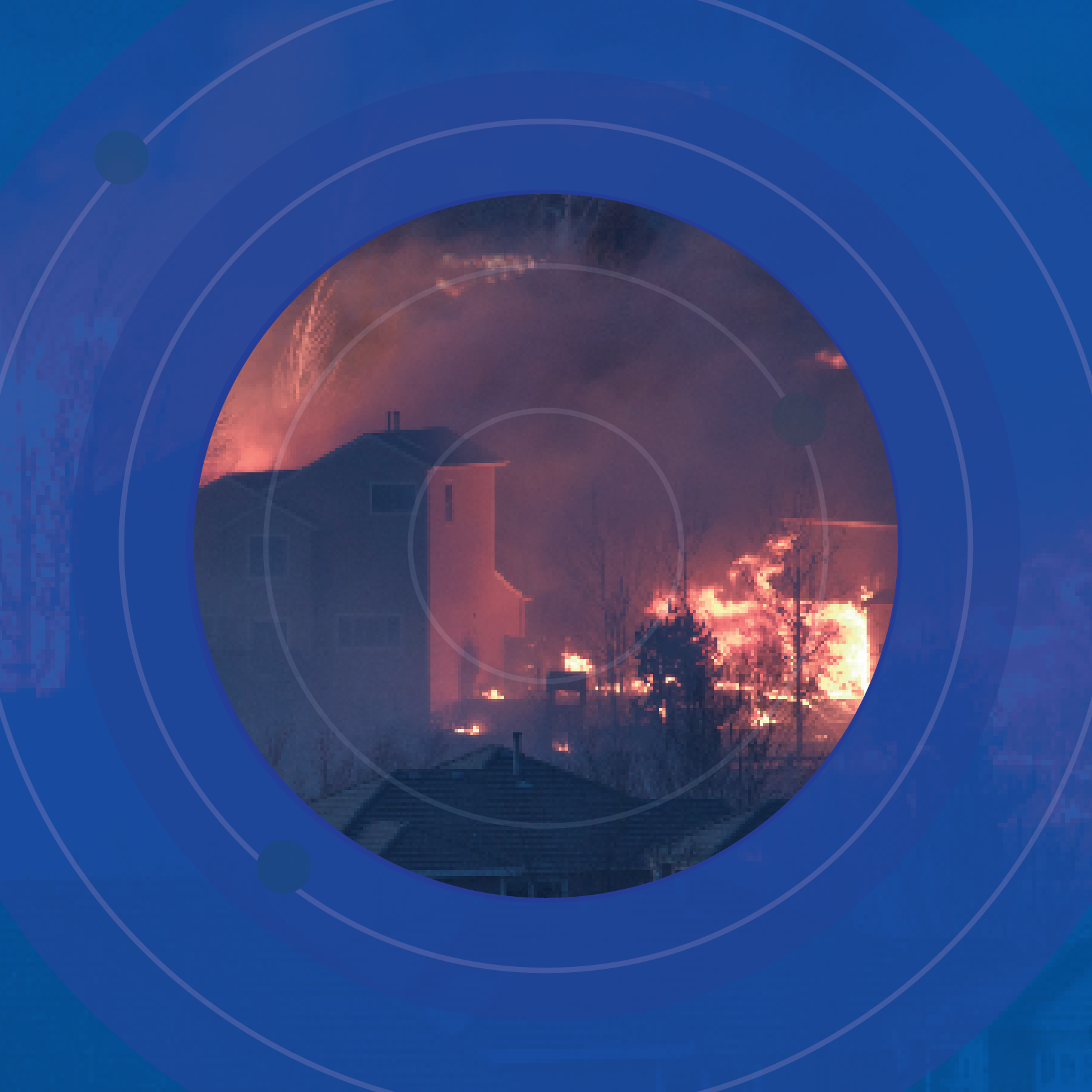Today, wildfires are becoming larger and more destructive as they burn in the wildland urban interface (WUI) – where human development meets or intermixes with undeveloped wildland fuel. Wildfires are increasing in both frequency and severity due to climate change, the expansion of interface communities, and historical land management practices.
The economic, environmental, and human health impacts of these fires are substantial. Today, close to one-third of the U.S. population, residing in nearly 50 million homes located in the WUI, is directly at risk of experiencing a wildfire. Even more of the population may be indirectly affected by poor air quality issues as the result of wildfire smoke.








